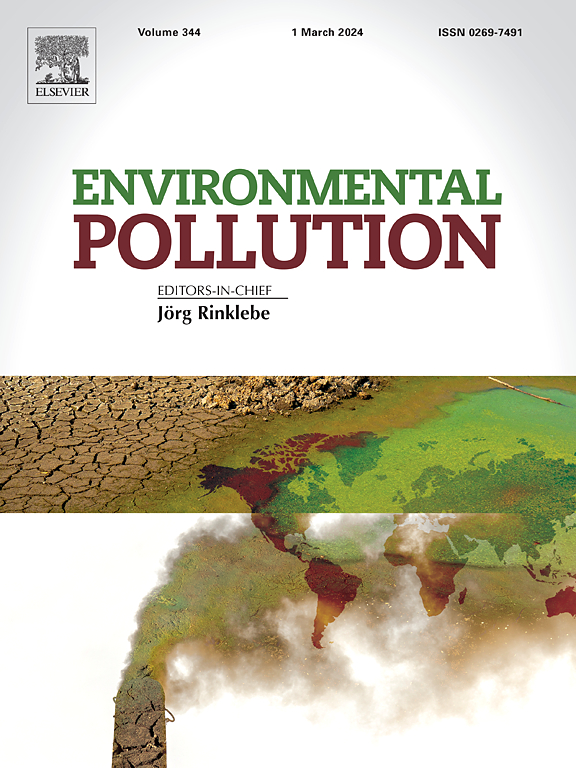Competitive interactions among the rare earth metals (lanthanum, cerium, and yttrium) lead to quantitative decreases in biouptake by Chlamydomonas reinhardtii
IF 7.6
2区 环境科学与生态学
Q1 ENVIRONMENTAL SCIENCES
引用次数: 0
Abstract
With increasing mining and production of the rare earth elements (REE), it is important to quantify their potential environmental impacts. The objective of this study was to quantitatively relate REE biouptake to exposure under carefully controlled laboratory conditions. Internalization fluxes of three REE cations (La3+, Ce3+, and Y3+) were measured at environmentally relevant concentrations (10−9 – 5 × 10−6 M) in order to determine the stability constants of their interaction with biological uptake sites in Chlamydomonas reinhardtii (logKLa = 7.9 M-1; logKCe = 7.6 M-1; logKY = 7.8 M-1). Biouptake for cation pairs and ternary metal mixtures confirmed a competitive (antagonistic) interaction among the three REE that was well predicted using constants from the single metal experiments, indicating that the REE shared a common uptake site. Competition for Ca2+ and Mg2+ was also quantified, and while less important than for the REE, the constants (logKCa = 4.7 M-1; logKMg = 3.8 M-1) indicated that water hardness will nearly completely reduce biouptake and effects of the REE for environmentally relevant concentrations of the hardness ions (e.g. biouptake reduced by ∼78 % for a [Ca]/[REE] of 104 and ∼97 % for [Ca]/[REE] of 105).


求助全文
约1分钟内获得全文
求助全文
来源期刊

Environmental Pollution
环境科学-环境科学
CiteScore
16.00
自引率
6.70%
发文量
2082
审稿时长
2.9 months
期刊介绍:
Environmental Pollution is an international peer-reviewed journal that publishes high-quality research papers and review articles covering all aspects of environmental pollution and its impacts on ecosystems and human health.
Subject areas include, but are not limited to:
• Sources and occurrences of pollutants that are clearly defined and measured in environmental compartments, food and food-related items, and human bodies;
• Interlinks between contaminant exposure and biological, ecological, and human health effects, including those of climate change;
• Contaminants of emerging concerns (including but not limited to antibiotic resistant microorganisms or genes, microplastics/nanoplastics, electronic wastes, light, and noise) and/or their biological, ecological, or human health effects;
• Laboratory and field studies on the remediation/mitigation of environmental pollution via new techniques and with clear links to biological, ecological, or human health effects;
• Modeling of pollution processes, patterns, or trends that is of clear environmental and/or human health interest;
• New techniques that measure and examine environmental occurrences, transport, behavior, and effects of pollutants within the environment or the laboratory, provided that they can be clearly used to address problems within regional or global environmental compartments.
 求助内容:
求助内容: 应助结果提醒方式:
应助结果提醒方式:


